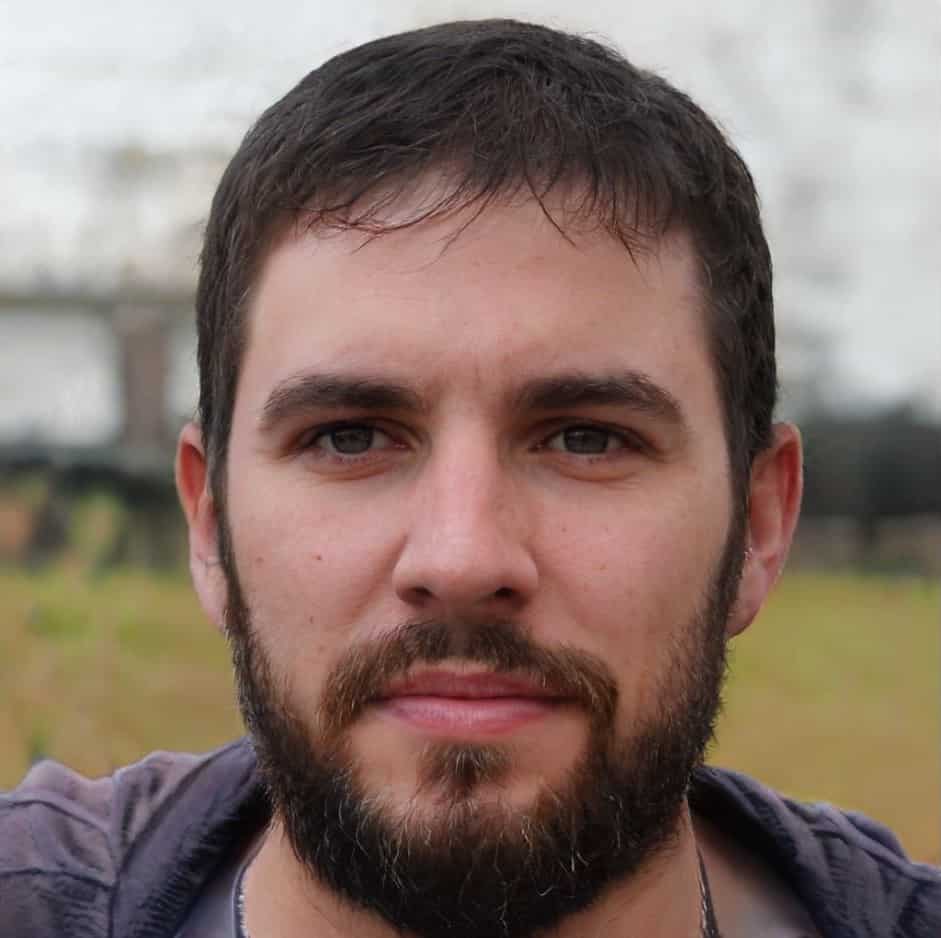How do you take a great portrait picture of yourself? And can I take a full-body portrait?
It’s not a silly question.
Of course yes, Full-length portraits are very common.
For instance, Bridal photography is where you have to capture the whole bridal gown and shoes.
In case you are taking a full-body portrait of yourself. The easiest way is to attach your digital camera to a tripod, then set a self-timer and stand in front of the camera.
But, In case you are taking a full-body portrait of yourself with a smartphone. I recommend you fix your smartphone to a tripod at least a distance of 15 ft and use a self-timer.
Here is a list of portrait photography tips that you’re going to learn in this article:
- How to focus on the subject?
- Selection of suitable location
- How to pose right?
- Capture expressions and emotions
- How to introduce candid in shots?
- Include props for effect
- How to select the right lens?
- Background selection
- How does shutter speed, aperture, and ISO works together?
- Proper lighting
- Shoot in different angles
#1: Proper focus on the subject
Putting a proper focus on the subject is the most important factor while taking a portrait photo.

Take out some time to connect with your client for each click during the photography session. It is because your client should know about your style of photography. It would make them feel how they are going to look in that shot.
Discuss the ideas with them and also give them preferences and abilities in your plan.
NOTE: Even if you are a good friend of the person whom you’re taking photos of. People feel a little uncomfortable in front of the camera. So always keep communicating during the shot.
#2: Suitable location
A suitable location could play a significant role in the final results.
Daytime portrait photography can give you the best result but poses many challenges.
You have to plan according to weather, time of the day, and light that changes as the day progresses.
Direct sunlight produces harsh shadows and makes your model squint.
Always shoot in the early morning or when the sunlight gets diffused. You’ll be surprised to see the natural glow and, warm photos.
If you are shooting indoors. Few things such as portrait lighting arrangements, and background are important. Once you’ve acquired those, enjoy shooting flawlessly.
NOTE: Remember getting the perfect spot can save a lot of trouble with an image in post-processing.
#3: The Right Pose Is The Key
Finding out the right portrait photography poses always makes your photos stunning.

You’ll always see yourself puzzled by lighting, camera angle, and background. So the best way is to shoot in various combinations of poses and angles.
Once you’ve found the right pose. Make small changes in each shot to make every shot perfect and unique.
NOTE: Keep a gallery of creative portrait photography and show them to your clients. That will help you to communicate better.
#4: Capture Expressions And Emotions
Portrait shots are all about what we admire from perfect photographs.

Dramatizing in front of a camera is easier said than done. Make sure your model should avoid fake smiles and blank looks, it’s easily noticed.
A confident expression, a pretty smile, and natural sparkle in the eye are all that we needed. These are the main ingredients for creating awesome shots.
NOTE: Hurrying in the process won’t work. Give your model some time to get into the character.
#5: Shoot Candid Shots
A candid shot is where the subject is unaware that you’re taking photos of them.

Some people just don’t feel comfortable posing in front of the camera. And this discomfort is much supposed in child portrait photography.
So, let your subject become comfortable and shoot them in their actual activities. Surprisingly you’ll come up with some fantastic portrait shots.
NOTE: Get a longer zoom lens, and maintain an unnoticeable distance. This would result in your subject losing the shyness of being photographed.
#6: Include Props For Effect
Adding props is a great way to produce saturated-colored photographs.
Here your creativity comes into play. Also, this can completely reshape the viewpoint of the photograph.
You can create your signature style by exploring different textures and combinations of different colored props.
#7: Selection of right lenses
Catching the right shot depends on your lens selection.
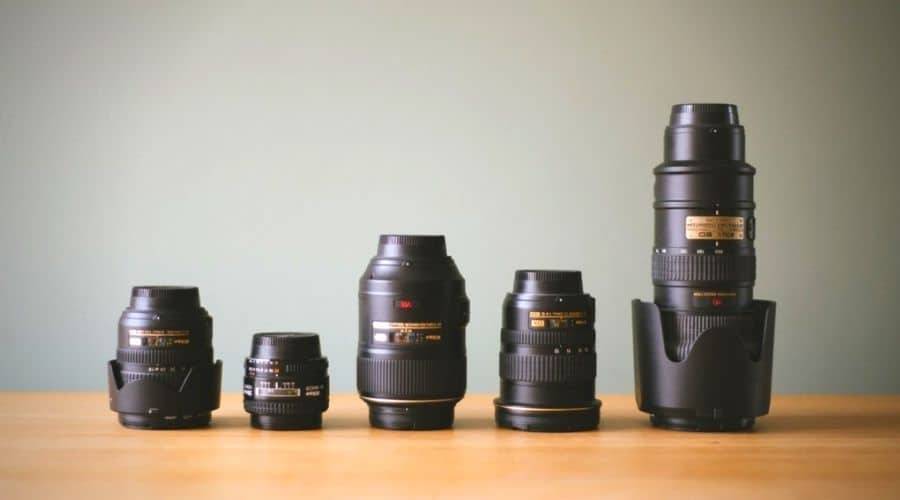
It is an important tool for portrait photography. Although there is no such thing as the best lens for portrait photography. You gotta be choosy about which lens fits best for the scenario.
Suppose you are on a shoot where the background is a crucial part. A wide-angle lens would be a good choice to go with.
A lens like 85mm or 105mm can give you a decent balance between your model and the background.
And if your focus is only on the subject, then a 70-200mm f/2.8 telephoto lens could perform beyond the limit. Along with zoom in and focus more on your subject. You can also reduce the amount of background and foreground distractions.
#8: Right Background
Sometimes interesting background turns an ugly picture into an attractive one.

The background has nothing to do with it. But at the same time, it adds up drama to your photographs and that helps your model or subject pop out.
In some cases, blurring the portrait background correctly results in impressive shots.
So you have to decide how the background will add an effect to your image appearance. Adjust the shutter speed and aperture accordingly.
#9: Learn how shutter speed, aperture, and ISO work together
Photography becomes so easy when you clearly understand the exposure triangle i.e. shutter speed, aperture, and ISO.
Understanding these concepts will open up a new door to your photography. It would also empower your portrait photography to the next level.
For better photographs, you must look after important concepts such as stops of light, and how its aperture is measured in f-stops. f-stops are divided into halves or even thirds for better image processing.
So let’s know the term and how it can benefit you to capture stunning portrait photographs:
>> 1: Shutter speed:
Shutter speed plays an important role when you are shooting a moving subject.
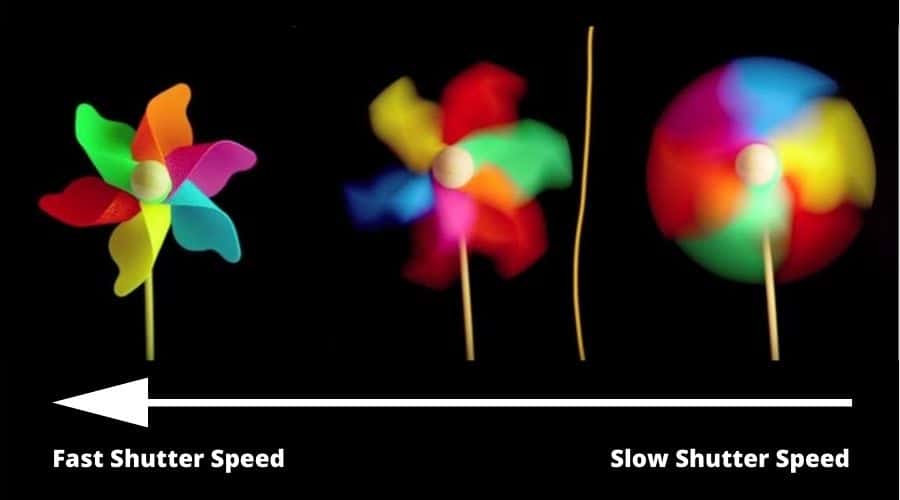
You may shoot animals in nature and as you know they won’t be quite in the same place. In this scenario, you need to have the best camera with a shutter speed of at least ⅛ second.
The shutter speed is the speed at which the camera’s shutter opens and closes.
Shutter speed doesn’t matter when your object is standing still. It is useful when you’re shooting something that moves or taking pictures while you’re moving.
Here is the thing:
If you are shooting a couple and they are moving toward the camera. You need to increase the shutter speed to get a perfect shot without blurry photos or missed focus.
Also, Increasing shutter speed darkens the exposure.
If you are shooting a fast-moving object, you need to fix your shutter speed to higher levels. And when you do so, you will need to compensate with ISO settings to keep the image quality good.
>> 2: Aperture
The aperture becomes a necessity when you are shooting a portrait.
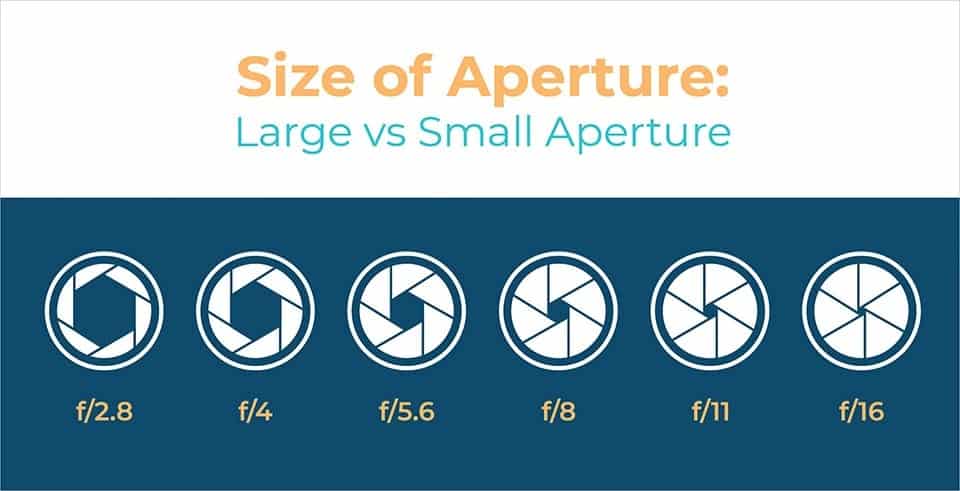
How far or close a background object looks relative to the subject. Aperture helps to capture stunning focused images.
So, the aperture, f/1.2 or f/2.8 allows more light to enter the sensor, and this results in narrow depth.
This means a small part of the image is focused with blurred background.
Increasing the aperture to a value such as f/8 allows the camera, you can focus on a large area. Including subject and background as well.
>> 3: ISO
ISO is very useful where there is low light. It measures camera sensitivity to light to produce an awarding picture.
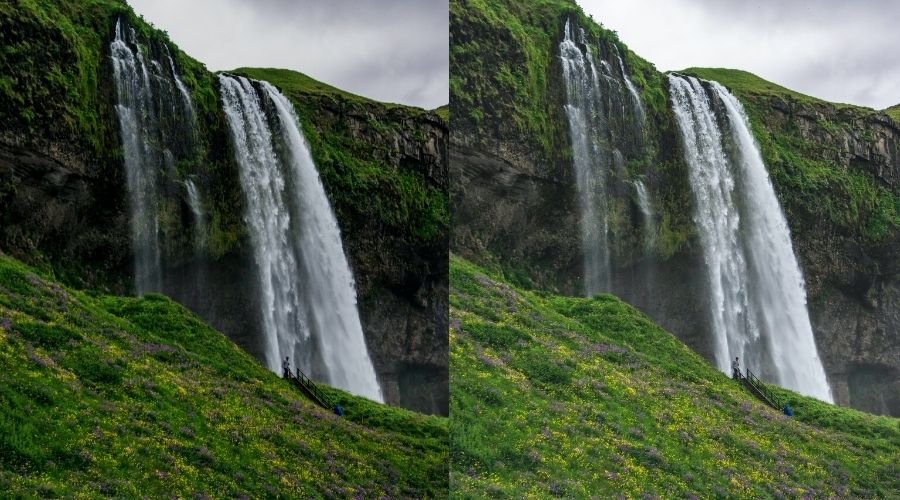
Photographers generally take photos at low ISO from 100 to 400.
One downside of increasing your ISO is that it adds grain to your image. And we’ve seen that impacts the color and the depth of field of the image.
Keep ISO range close to 100 while doing portrait photography in outdoor locations. It will help you to produce a sharp and clear image.
#10: Proper Lighting
If you have ever taken a physics lecture about light. You would have studied that light is directional. Proper lighting is the key element in photography.

First of all,
You must know how to deal with lighting to capture some awesome shots.
You know it well if you stand up very close in front of a light source your subject would disappear.
On the other hand,
If the light is placed on one side of the subject then it would light up and the other half will be dark.
A professional photographer uses the light source available to his advantage.
Let’s say the sun is a good source if you are performing an outdoor photoshoot. But, you will not always be shooting in sunlight.
You are dependent on artificial sources for capturing portrait shots in a studio. Flashgun becomes the best option to invest in, as it is quick and portable.
I’d suggest you use a camera with a low aperture. This will give you more details in the picture in dim light.
If you are thinking of the best result in budget. Reflectors could be a good choice, as they turn hard shadows into softer ones.
#11: Shoot in different angles
Portrait photographs are usually taken head to head between the camera and eye level of the subject. This results in excellent portraiture shots.
However, trying an unconventional angle can make your portrait photographs stand out.
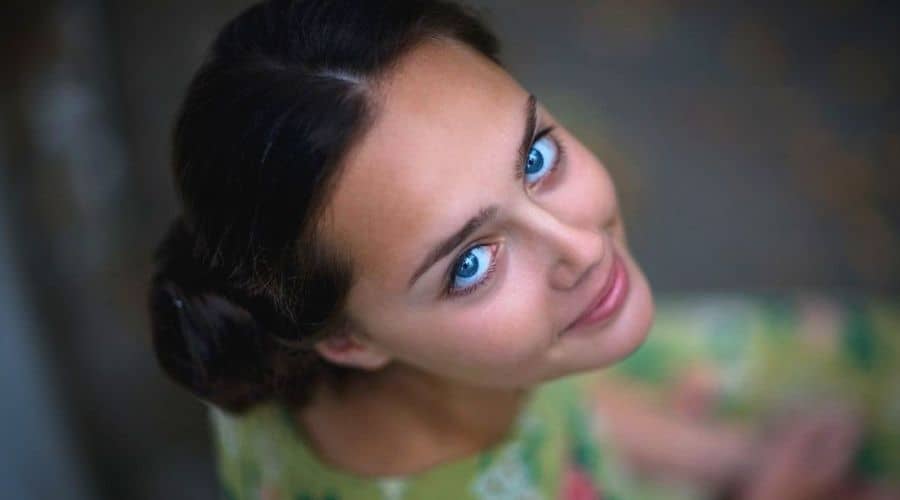
Visualize the photo before it’s taken. This would enhance your productivity during shots.
Create some interesting angles by shooting the subject from a shallow position, when your subject looking down from up high. These angles will boost your photographs and add a lot more impact and variety.
Try using the camera in different positions. That would result in your subject looking thicker, slimmer, or wider.
You can also tilt your camera, which would produce a dramatic effect on your photographs.
The Bottom Line
Remember there is no perfect way to capture beautiful portraits. It varies from picture to picture and location to location.
Portrait photography is an act where you merge art and technique to create lovely visuals by adding human expressions and emotions.
I hope that these 11 portrait photography techniques have given you more ideas, and insights and inspired you to master the art of capturing stunning portraits.


